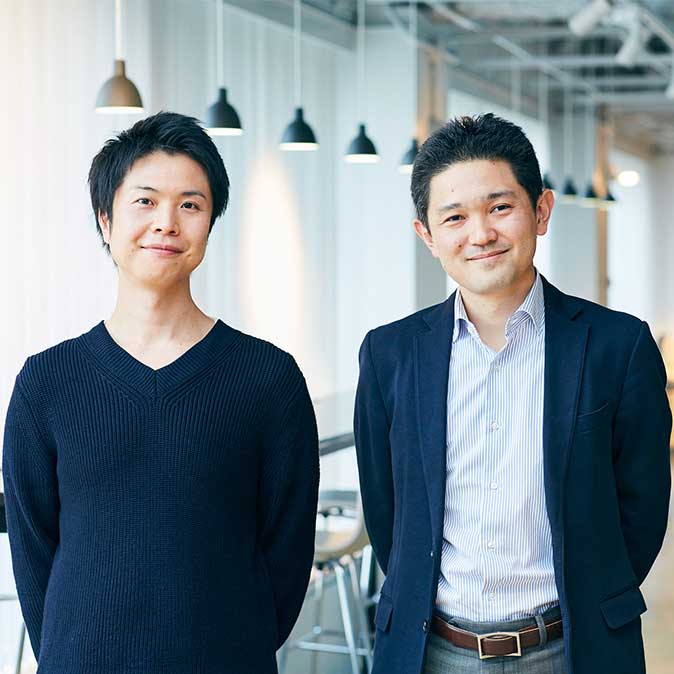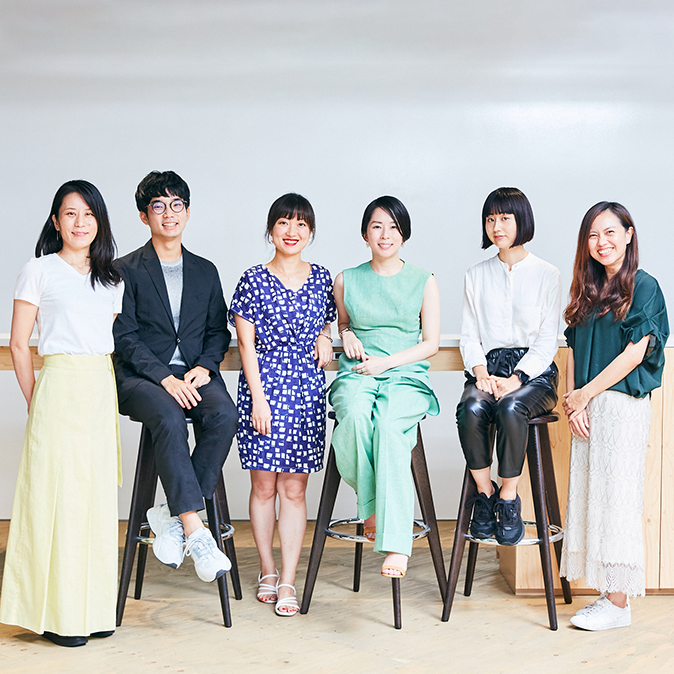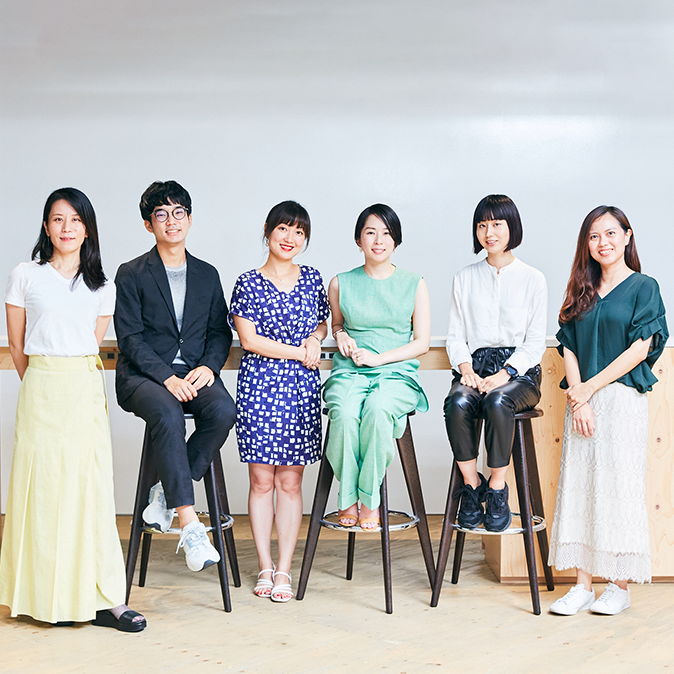- Viewpoints
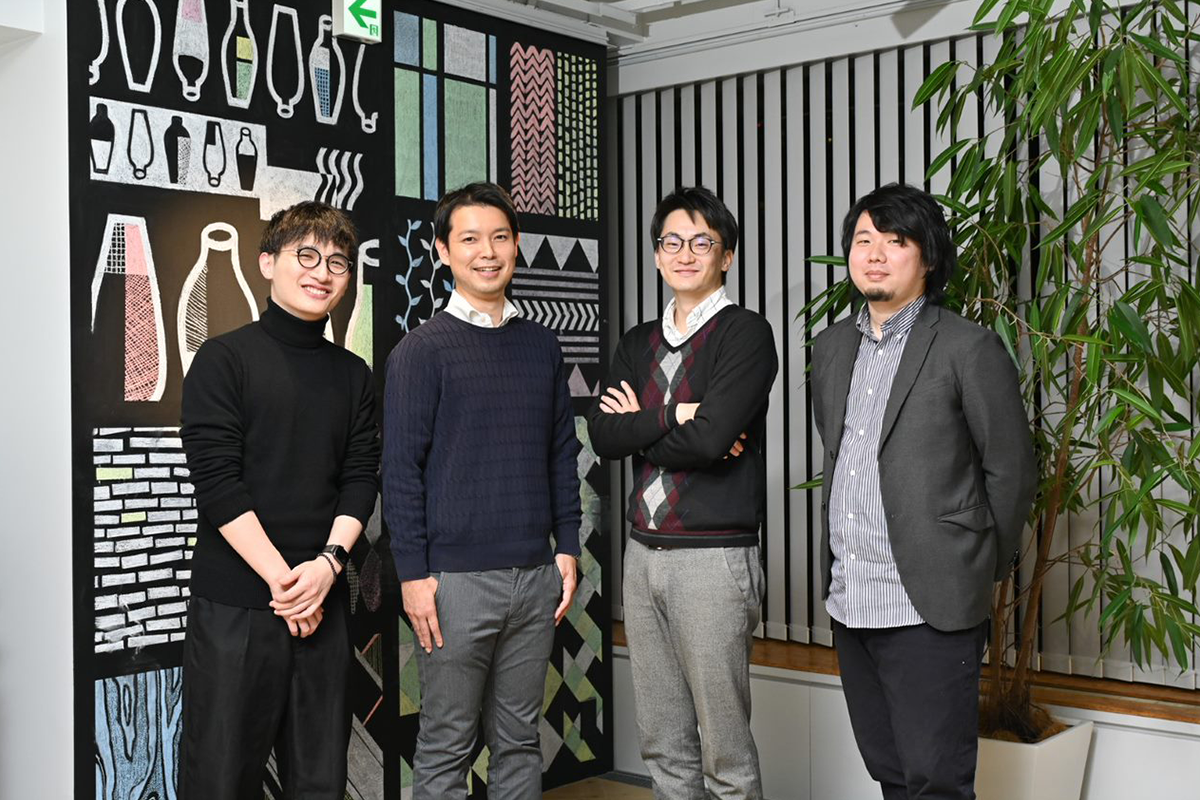
What the advertising business and mobility service development have in common
This installment examines the latest developments around digital transformation in mobility services. A steady stream of new solutions has been released in the transportation field over the past few years in the form of connected services and mobility as a service (MaaS). Hakuhodo is working on developing such services too. Here Hiroaki Noguchi, Tianjie Zhou, Yuichi Tada, and Shinnosuke Furuya of the CMP Development Division at Hakuhodo talk about global trends in the development of mobility services. They also share insights gained during the actual development process.
First, could you please briefly introduce yourselves?
NOGUCHI:
My name is Hiroaki Noguchi, and I’m with Global CMP Development Department 1, CMP Development Division at Hakuhodo. I work on digital and data marketing in Thailand and other ASEAN countries.
ZHOU:
My name is Tianjie Zhou. I’m also with Global CMP Development Department 1, CMP Development Division. I’m responsible for digital and data marketing in Taiwan, China and other parts of the Chinese-speaking world, and in Thailand and other ASEAN countries.
TADA:
My name is Yuichi Tada. I’m with Global CMP Development Department 2, CMP Development Division. I provide marketing support in the domestic auto sector and develop data solutions.
FURUYA:
My name is Shinnosuke Furuya, and I’m also with Global CMP Development Department 2, CMP Development Division. I work on MaaS solutions for the domestic market and designing signage for marketing.
You often run across terms like “connected services” and “mobility as a service (MaaS)” these days. What are the reasons these services have come so far?
NOGUCHI:
There are several factors at play.
First, the information consumption habits and shopping behaviors of sei-katsu-sha, Hakuhodo’s term for the holistic person, have changed. Information consumption and shopping is increasingly going digital. That’s true not just in Japan but in all the major developed economies. Once people would just use the Internet to check out, say, a particular model of car. Now they’ve become much more sophisticated users. They compare different models online or get online advice from a representative at a dealership. Shopping behaviors, too, are becoming more diversified. Some shoppers don’t just look for information online. They complete their purchase there too. While the COVID-19 pandemic has accelerated this trend, it was already very much in evidence before.
Second, the information and communications technology (ICT) environment has evolved. Non-networked services like electronic toll collection (ETC) have been around for some time. But lately vehicles themselves have become networked, giving companies access to more data and more types of data. That makes it easier to develop a new type of service known as connected services.
Third, data linkability has increased. Now that companies have access to more data and more types of data, data can now be used not just in house but also by other firms. It’s become easier to leverage data for a variety of purposes: service development, marketing activities, or whatever. As a result, players from outside the auto industry can now break into the mobility market. Services like car-sharing and ride-sharing, which give people access to a car without owning one, have emerged. Mobility services that combine different modes of transport have appeared too.
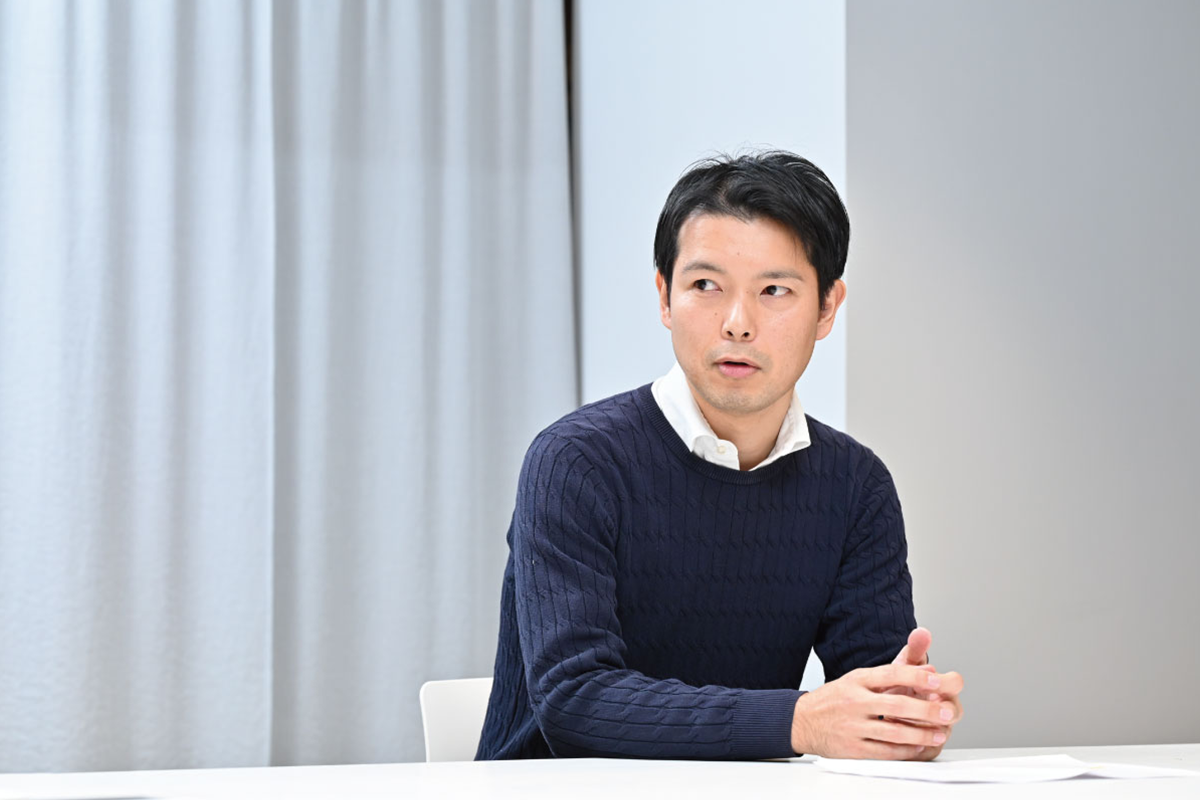
TADA:
MaaS isn’t about selling cars. We think of it as an overall lifestyle service revolving around mobility, including the car. That’s why players who have traditionally had little connection with the auto industry are getting involved in the mobility field—telcos, transit firms, platform companies. Companies operating in other sectors could become rivals one day, or potential partners.

NOGUCHI:
These developments lead us to conclude that two trends have emerged: choosing to own a car and choosing not to. The easiest way to think of it is this. Solutions that boost a car’s value, like connected services, cater to those choose to own a car. MaaS, which also utilizes modes of transport other than the private vehicle, like public transit, caters to those who choose not to own a car.
Public transit has always been available. What does it have to do with the trend away from owning a car?
TADA:
Let’s take an example. Before, when you went somewhere, you’d typically walk to the bus stop some distance from where you lived. Then you’d take the bus from there to the nearest station. With MaaS, you can take a ride share to the nearest station. Or you can shorten your commute by using another service for part of the trip. That’s the rough idea. People who use public transit probably don’t ride in a car very often. The advent of these new services could increase their opportunities to do so.
What do automakers make of this trend away from owning a car?
TADA:
They’re addressing it head-on. Virtually every automaker now offers their own car-sharing service. Car subscription services are available too. Automakers are asking themselves how to get people to stay with them for the long haul. They’re trying to think of new ways to deliver value. In some areas, they’re even offering multimodal services in conjunction with public transport.
NOGUCHI:
So young people and people who can’t fork out a large sum of money will now get the chance to ride in a car. The automakers must value an opportunity like that.
Connected services are dominated by different players in different markets
What are the latest trends in connected services?
NOGUCHI:
Europe, North America, and China are ahead of Japan in connected services. We therefore initially focused on studying the state of the art in those regions.
ZHOU:
Connected services come in two types: basic services and value-added services.
Basic services are designed to assist the driver. Car navigation systems are a straightforward example. They’ve been around for years, but in the past, they typically used previously downloaded data. A connected car navigation system, though, is constantly updated with the latest data. That way you can obtain construction or traffic congestion information in real time, or find out where there’s a parking spot available. Another feature that’s often used in China is remote control, so you don’t even have to be in your car to drive it. You can put your car in the garage, say, after getting out of it. This feature isn’t widely used outside China for regulatory reasons, but it’s already technically perfected.
Value-added services are designed to enrich all aspects of your life as a car owner. For example, when you’re not using your car yourself, you can make money by sharing it for a fee. Or you can contact the concierge center from your car to request various services, which are then performed on your behalf. Basic services consist entirely of preexisting offerings, but many value-added services are still a work in progress. The approach taken differs from region to region. In Europe, for example, automakers develop services on their own due to the importance attached to safeguarding personal data. One automaker is focused on developing a smart city using 5G technology. It aims to solve a host of problems by connecting cars with other cars, pedestrians, traffic lights, facilities, and various other pieces of infrastructure. In North America, meanwhile, automakers work with platform companies on developing services, though they’re still the ones in charge. In China, conversely, platform companies control the service development process. Foreign-owned automakers aren’t able to engage freely in development work in China due to legal restrictions. For that reason, they rely on services developed by the big Chinese platforms.
So the situation currently differs from region to region. Will there be a convergence one day?
ZHOU:
No, I think things will continue to vary by country and region. North America and Europe may converge, but China, where the government calls the shots, may follow a different path. As for Japan, it’s not yet clear whether the automakers or the platform companies will be in control.

The three types of MaaS
What about recent trends in MaaS?
TADA:
Hakuhodo divides MaaS into three types from the perspective of sei-katsu-sha. The three types are metropolitan, regional urban, and small-town.
In metropolitan areas, MaaS is multimodal, combining different forms of transport such as rail, car, and bus to deliver the optimal solution. In regional urban centers, it involves community building with the municipal government by providing better transport. In small towns, where public transport is not well developed, MaaS generally takes the form of an on-demand service that turns up when you want it to. Many firms that are not even automakers have already jumped on the MaaS bandwagon. Railway companies with assets along their rail lines and telcos that possess a technological edge, not to mention local governments, are working on developing new services.
FURUYA:
MaaS isn’t just about cars. It embraces every mode of transport. Artificial intelligence can be used to dispatch taxis. Trucks can be used as shops on wheels. Car-pool services can be offered in aging communities. Different forms of transport can be integrated. The mobility in MaaS is simply a means of getting you where you’re going. The important thing is accomplishing what you want to do when you get there.
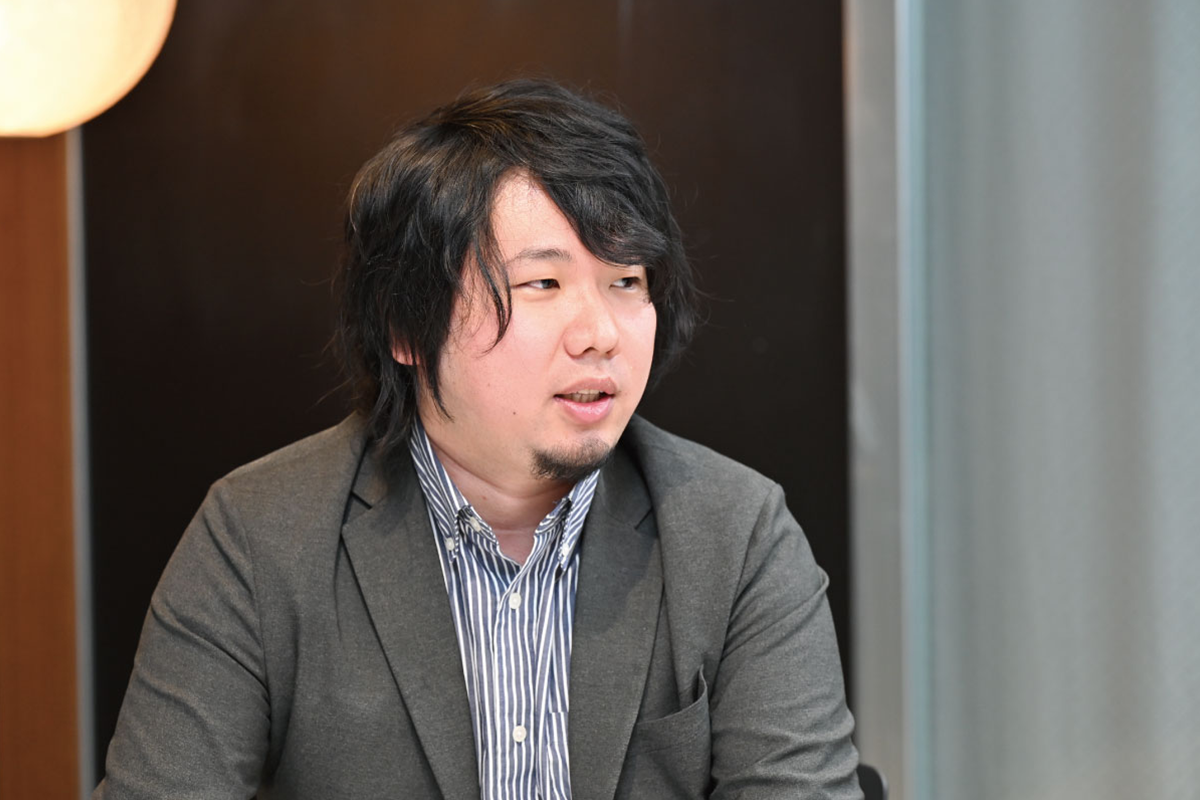
The national government, local governments, and railway firms have all been mentioned as MaaS operators. What about platform companies?
FURUYA:
The Japanese MaaS market is difficult to enter for foreign-owned platform companies due to legal restrictions and other factors. But there’s demand here for similar services to those available overseas, so those platforms need to offer analogous services in a way that conforms with Japanese law.
Which of the three—metropolitan areas, regional urban centers, and small towns—is furthest ahead in developing MaaS solutions?
TADA:
It’s difficult to say which is furthest ahead, because each has different challenges in the MaaS field. In terms of overall trends, though, railway companies are doing a lot in urban areas, while automakers are doing a lot in outlying regions. They’re each capitalizing on their own strengths.
FURUYA:
Metropolitan areas, regional urban centers, and small towns each have different goals. Services catering to a wide range of needs have been launched in different communities. But as they evolve, the walls between them could come tumbling down.
Leveraging Hakuhodo’s unique perspectives on sei-katsu-sha in developing new services
Why would an advertising agency like Hakuhodo engage in developing services in the mobility field?
NOGUCHI:
The advertising business and new service development may appear worlds apart, but in fact they have certain similarities. They both require a profound understanding of the service user. They both involve thinking of ways to make the product or service more user-friendly. So the expertise we’ve built up in the advertising business often comes in handy for developing new services. That’s why we’re increasingly providing support with development of mobility services.
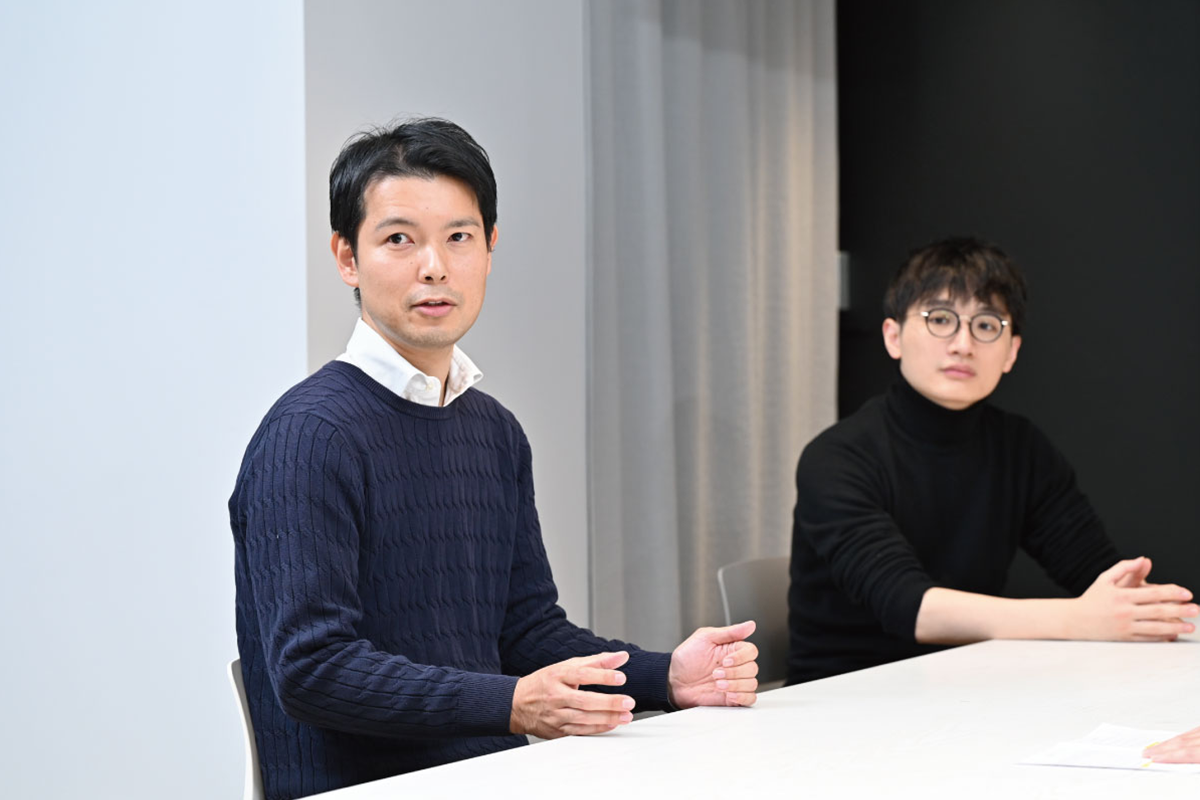
What do you mean exactly by the expertise you’ve built up?
NOGUCHI:
Well, designing experiences, leveraging data, designing user interfaces and user experiences from the sei-katsu-sha’s perspective. The sheer range and number of local governments, corporate clients, and partner firms we already work with is another big asset. A single company almost never develops mobile services entirely on its own. A wide range of companies need to work together on the job. That’s where we often have an opportunity to help.
TADA:
In the MaaS field, we’re addressing the differing challenges faced by metropolitan areas, regional urban centers, and small towns. We find solutions to those challenges by leveraging the perspectives on sei-katsu-sha we’ve developed over the years. We apply those perspectives during the design and development process.
FURUYA:
In the process of actually working on MaaS solutions, we’ve come to realize how to go about the task of asking people what they need, selecting partners, and rolling out a service that people will keep using. One thing particularly strikes me: there’s so much you can never understand about a place unless you actually visit it. It’s one thing to imagine what’s inconvenient for the local people, and what their needs are, based on information you’re given. It’s quite another to see it with your own eyes and actually experience it.
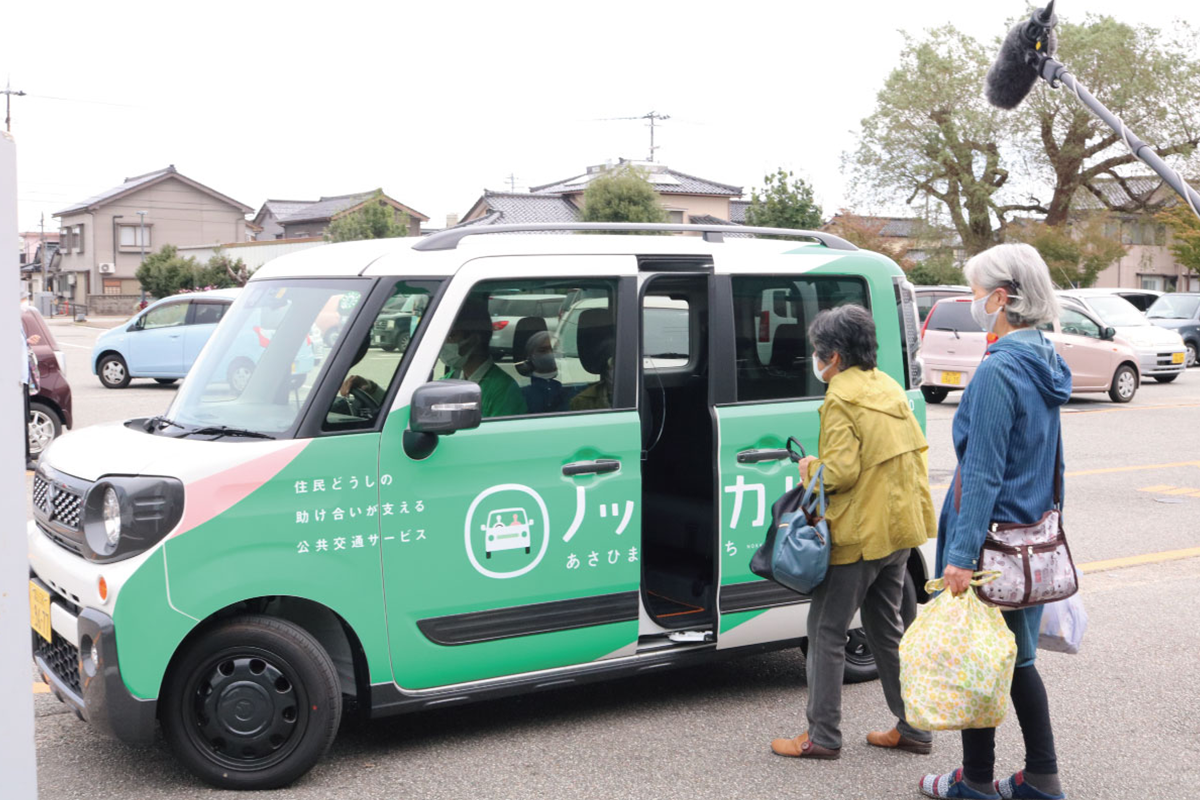 Performing a trial run
Performing a trial runTo take an example, we’re involved in a MaaS project in a certain small Japanese town. We’re performing the trial run. The project is a ride service for local residents. Where and when the service stops is more or less fixed. Well, one person who wanted a ride lived a five-minute walk from the stop, so I just assumed they would have no problem using the service. But in fact, even covering that short distance is a challenge in the snow. Five minutes on a city street and five minutes in a small, hilly town are, I realized, two completely different things. One family had another concern. There were lots of buses to the hospital during the hospital’s opening hours, but the place was packed as soon as it opened. So they wanted to arrive before it opened. But there were no buses at that time of day. You have to actually visit and talk to the locals to learn little details like that.
When you develop a service for seniors living in a small town, you have to design it very differently from one intended for city use. It’s very important to make the effort to get out the message locally, rather than just by smartphone or online. Sometimes a local resident will get annoyed and say, “Why can’t you provide such a simple service?” But there are so many things that just can’t be done. There may be legal obstacles, or something may need to be sorted out with a local business. Problems like these must be solved one by one by working closely with representatives of the local government.
Hakuhodo doesn’t just furnish the idea. It can roll out the service too.
What are the keys to successfully developing a MaaS service?
ZHOU:
Hakuhodo’s sei-katsu-sha insight is of course the most important of the values it delivers. Take connected services, for instance. If you’re an automaker, you can develop basic services on your own. But to develop value-added services, you need to get others involved. You have to work with various companies and institutions on determining what kind of service there’s a need for. What are you going to do about parking space? What about the concierge call center? Working with other players is something we excel at as an advertising agency.
Another thing is, you need to have a business mindset. In China, for example, advanced technologies like connected services are often developed with loans, but some of them aren’t commercially lucrative and don’t last long. To prevent that from happening, you need to do proper business planning from the development stage.
NOGUCHI:
We have expertise in developing and monetizing media-centered business. We also have expertise in figuring out, from a sei-katsu-sha perspective, what value can be extracted from data. We can put that expertise to good use in developing new services.
TADA:
MaaS is just like connected services when it comes to identifying challenges during the service development process. With transportation infrastructure, the important thing is to ensure people use it for as long as possible. After all, it’s a form of infrastructure. You can’t keep on replacing it overnight with something new. You need to have a good grasp of the challenges facing the community and think of solutions that take account of all the circumstances.
FURUYA:
In the case of MaaS, it’s important to have an accurate picture of user demand, especially in small towns. Transportation challenges differ greatly depending on the community, so you need to come up with a tailored response to the challenges of each. We’re actually conducting interviews in several communities and working on developing services optimized to their particular needs.
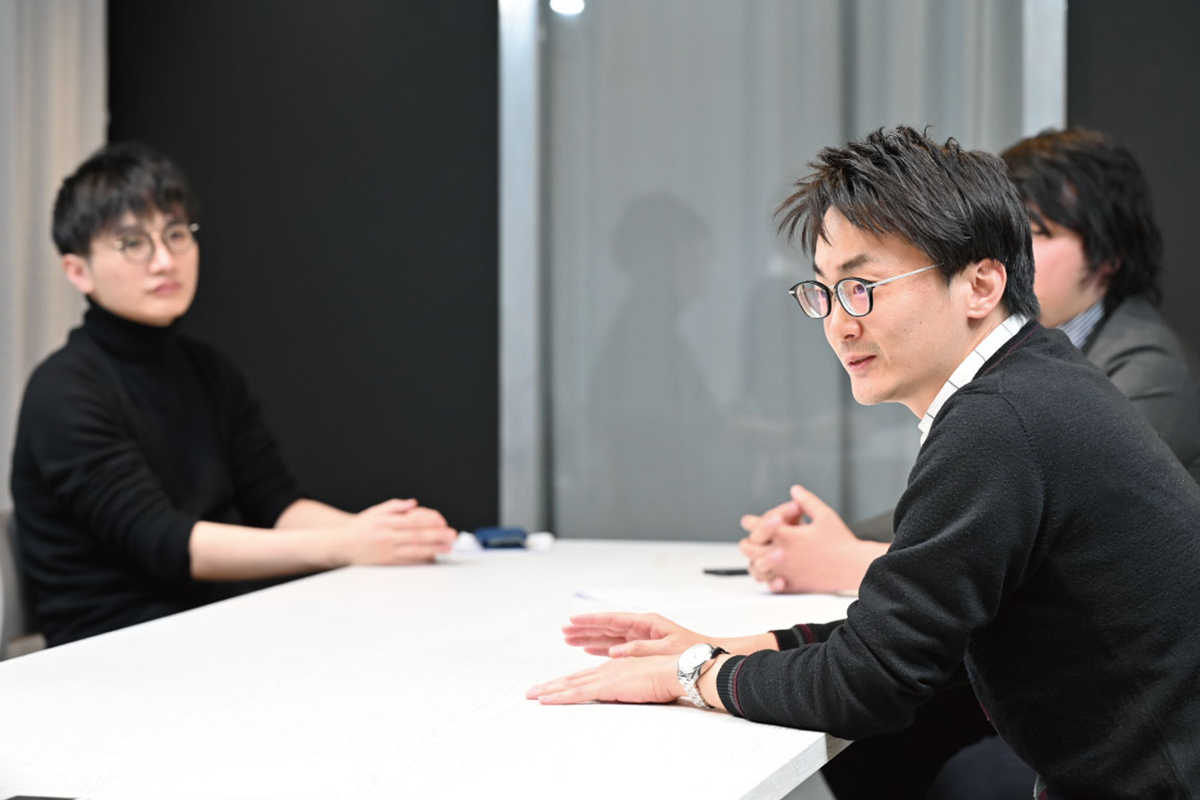
How do you make money out of small-town MaaS services?
FURUYA:
Actually, there have as yet been few cases of success in monetizing any form of MaaS. Still, we’re trying to monetize it in small-town settings by reducing the national government subsidies needed to maintain transit.
ZHOU:
The domestic Japanese market tends to be seen as our forte, but we also do a lot of business overseas. When it comes to developing services overseas, we have the capabilities to support you across the board, from formulating a business concept to promoting your service. If you need advice, please contact us.
NOGUCHI:
Some people probably think that Hakuhodo just furnishes the idea, but we also assist with service rollout and operation. We may not be able to do 100 percent of the job ourselves, but the Hakuhodo Group does have a track record of handling significant portions of a project. The trial run of the community service mentioned earlier is a case in point. If your company doesn’t know where to start when launching a new service, please talk to us. We’ll provide you with a full range of support from the get-go.
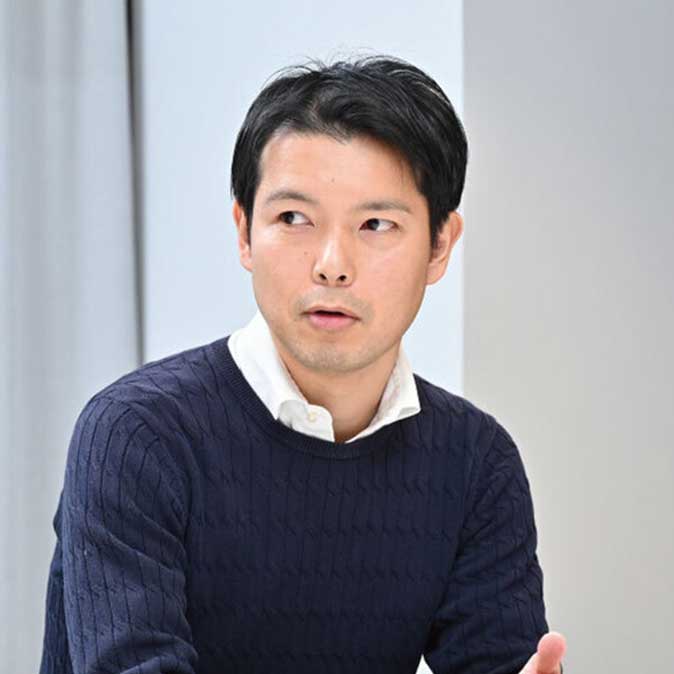
Hakuhodo

Hakuhodo

Hakuhodo
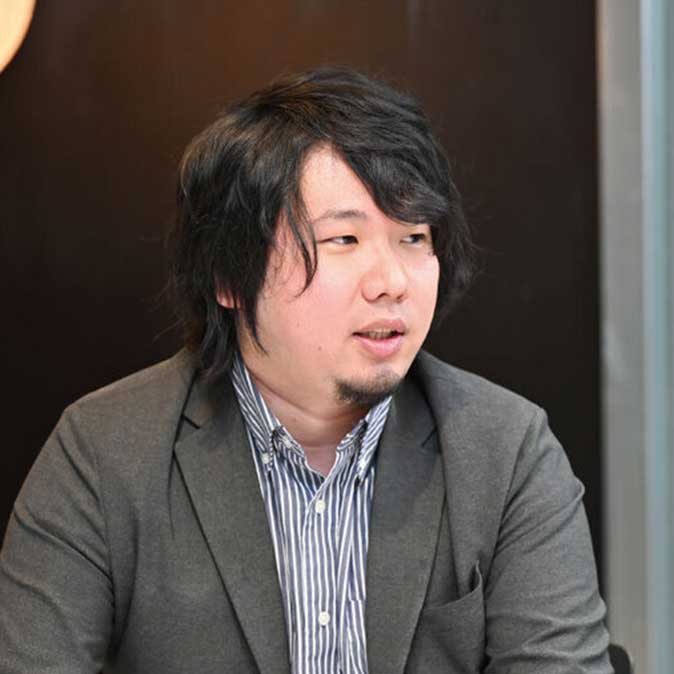
Hakuhodo













